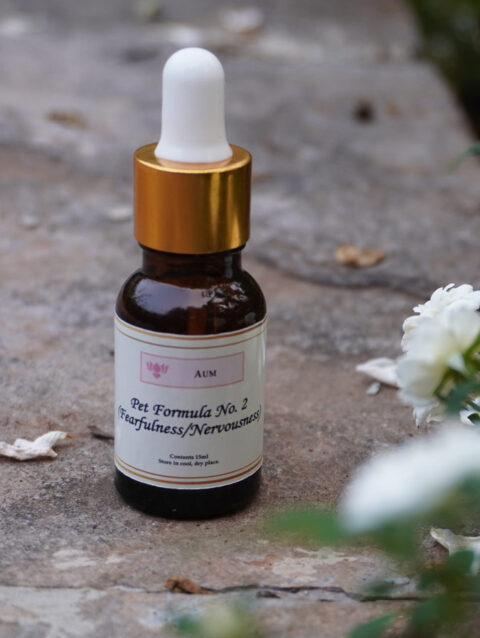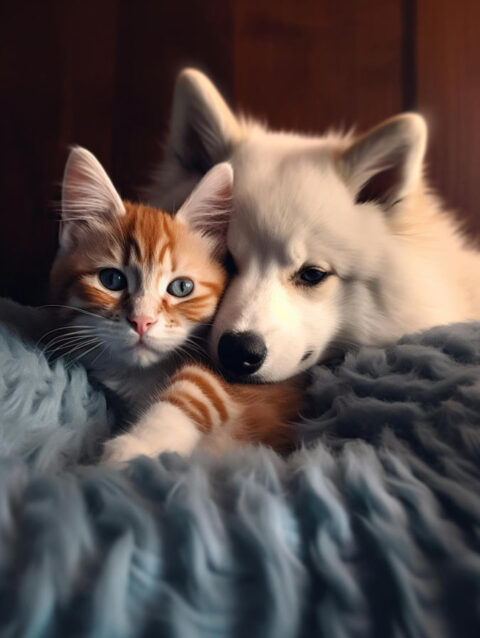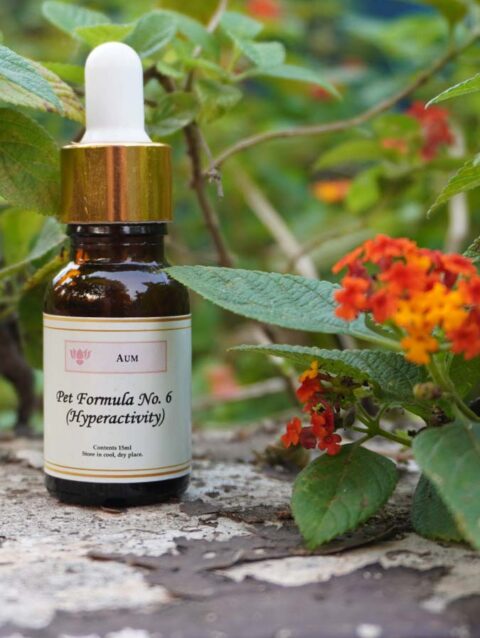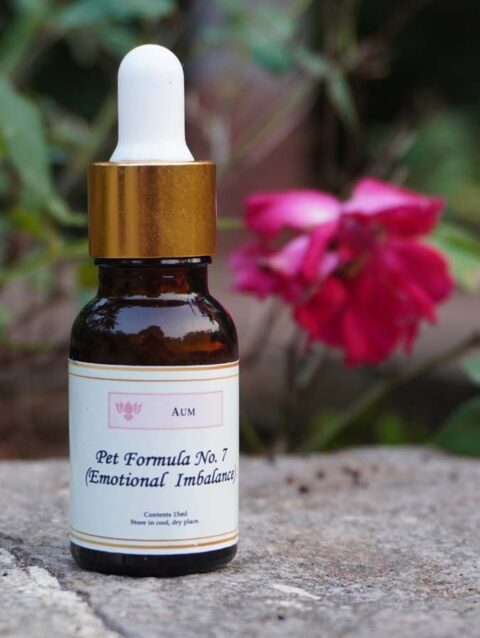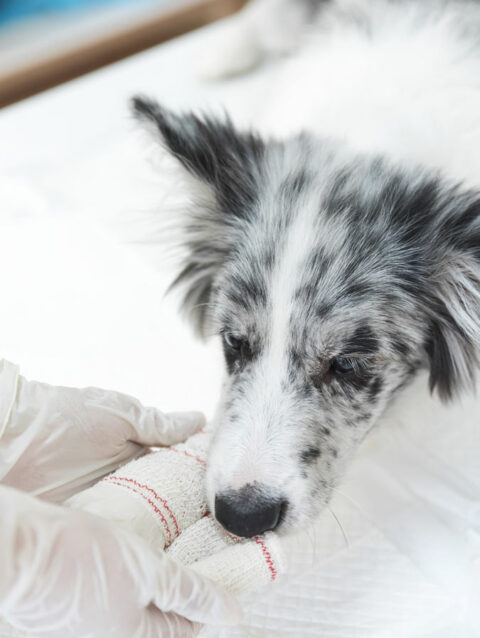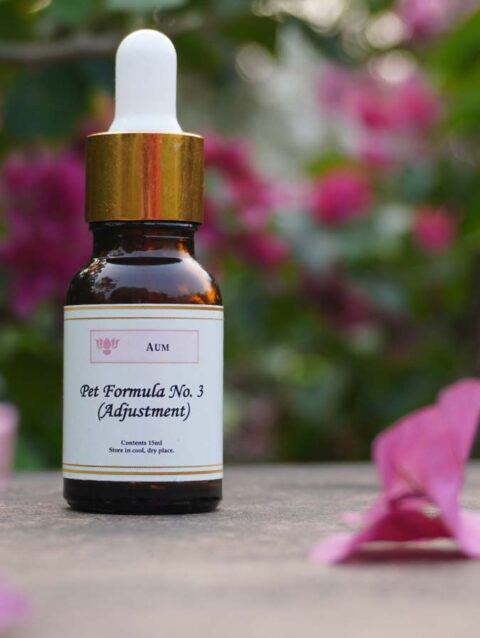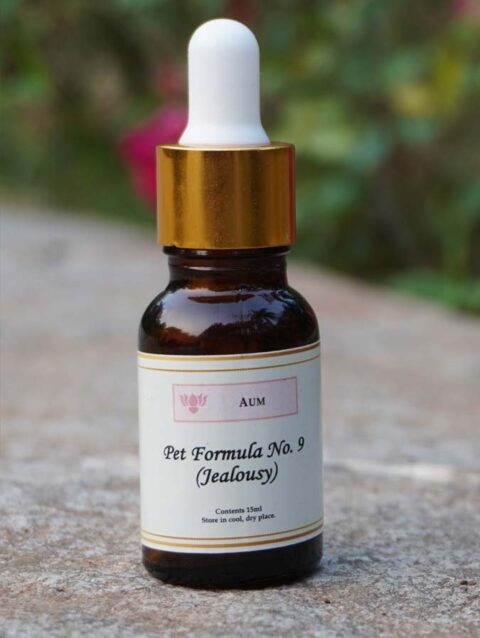
Harmony in Healing: Unlocking the Power of Indian Flower Remedies for Pets
- By aumhimalaya
- Posted on
In the realm of alternative medicine, the use of flower remedies has gained significant traction for human well-being. However, a fascinating and relatively unexplored avenue has emerged – the application of these remedies for our beloved pets. As medical doctors trained in allopathy, we embarked on a journey to extend the healing potential of Indian Himalayan Flower Remedies to the furry companions who suffer from ailments that are often challenging to address conventionally.
Understanding Pet Personalities
Much like in human cases, treating pets with flower remedies involves delving into their emotional and mental states alongside their physical symptoms. Pet owners who are attuned to their animals’ behaviors, likes, dislikes, and idiosyncrasies play a crucial role in aiding the diagnostic process. We observed a remarkable correlation between the personalities of pets and their owners, reinforcing the adage, “Like master, like dog.”
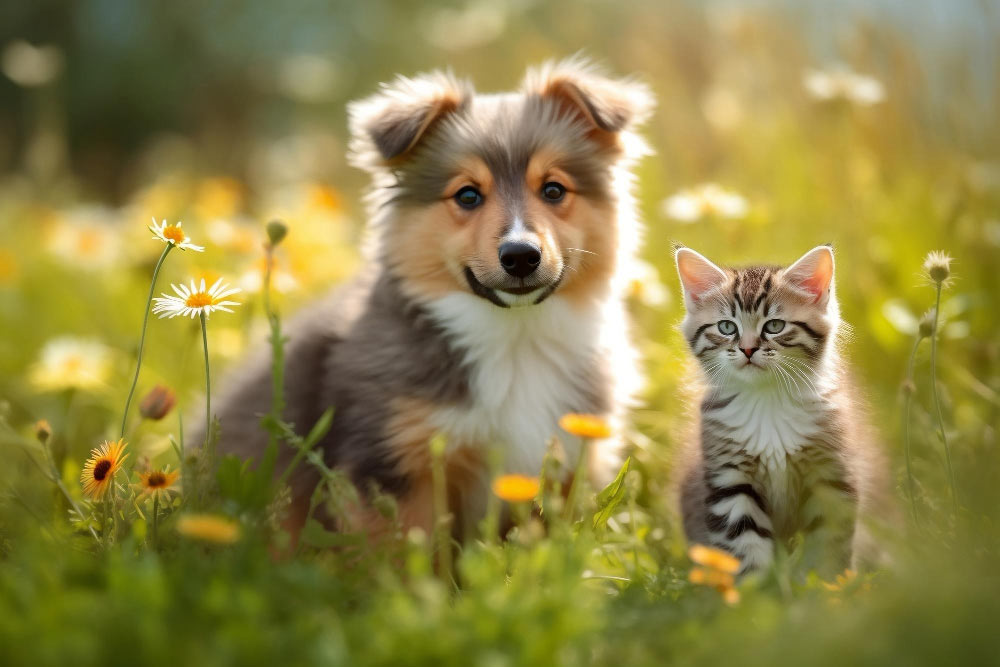
Simultaneous Healing
Observing both the owner and the pet simultaneously streamlined our work, making the treatment process more intuitive. In some instances, not only did the behavioral traits align, but physical conditions also exhibited similarities. This observation became a pivotal aspect of our approach to treating pets with flower remedies, instilling confidence in the effectiveness of this alternative therapy.
Dispelling Placebo Concerns
The efficacy of flower remedies is often questioned due to the placebo effect. However, treating pets eliminates the possibility of counseling or positive suggestions playing a role. Obtaining positive results in these cases underscores the genuine effectiveness of flower remedies, providing a compelling argument against any skepticism.
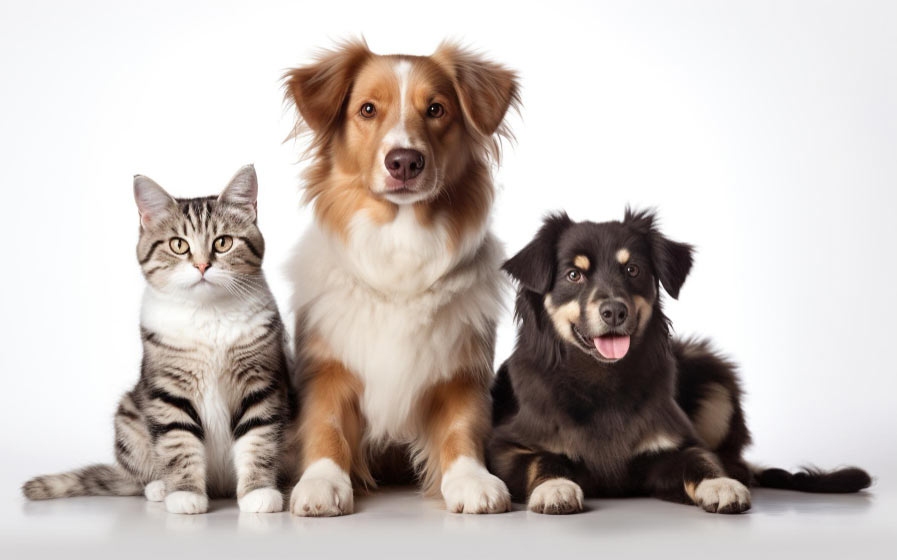
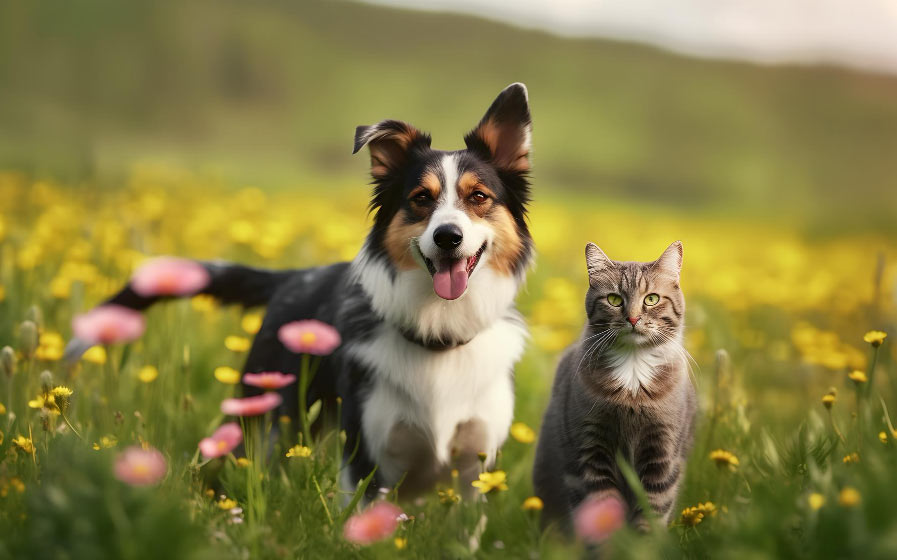
Quick and Lasting Results
The results of using Indian Himalayan Flower Remedies on pets were not only swift but also enduring. Compared to human cases, pets exhibited more straightforward emotional patterns, making the remedy’s impact clearer. The shorter course of remedies required for pets further emphasizes their transparency in emotional and mental states.
Noteworthy Cases and Remedies
Several intriguing cases of pets treated with flower remedies stand testament to the versatility of this approach. Remedies like Tassel Flower, Ashoka Flower, Chicory, Holly, Walnut, Impatiens, Radish, Morning Glory, and Lotus have proven effective in addressing various emotional and physical conditions in pets.
A Holistic Approach
Pets experience a range of emotions, from shock and fear to loneliness and grief. Remarkably loyal and sympathetic, they absorb the emotional patterns of their owners, contributing to their suffering. Treating both the pet and the owner concurrently has yielded excellent results, showcasing the holistic potential of Indian Flower Remedies.
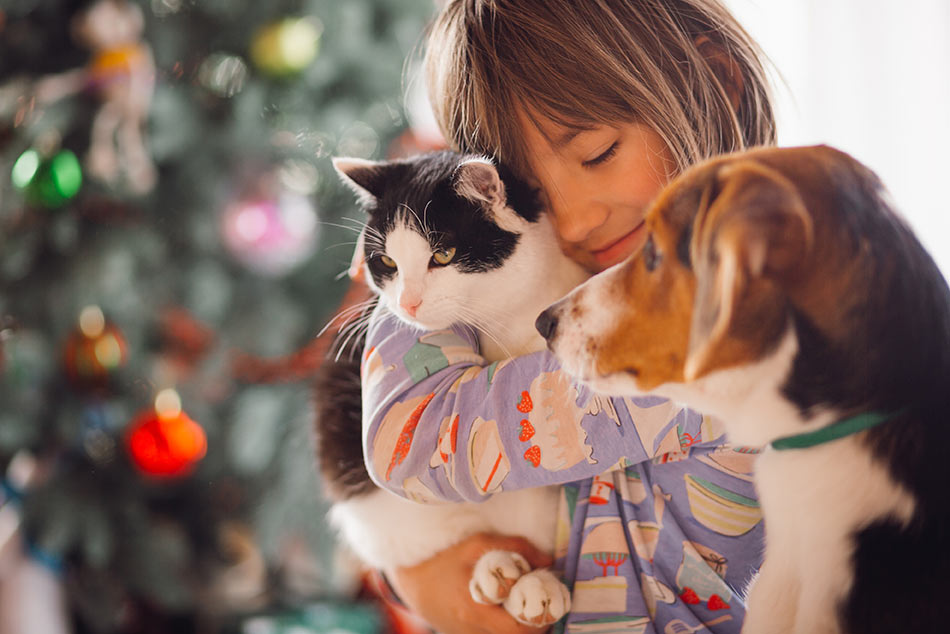
Beyond Dogs: Expanding the Scope
While dogs have been the primary focus, our exploration has extended to treating birds, cats, and even horses. The adaptability of flower remedies for diverse animals opens up new possibilities for holistic healing in the veterinary realm.
Rising Awareness and Seeking Alternatives
Pet owners today are increasingly aware of the potential side effects of chemical drugs and seek alternative, gentler ways to care for their animals. Flower remedies offer a promising solution, with some veterinary doctors incorporating them as supplementary aids in their practice.
In the symbiotic relationship between humans and pets, the application of Indian Flower Remedies emerges as a harmonious bridge between emotional well-being and physical health. The unique connection between the personalities of pets and their owners, coupled with the quick and lasting results observed, paints a compelling picture of the efficacy of these remedies in the realm of veterinary care. As awareness grows, so does the potential for flower remedies to become an integral part of holistic pet healthcare, providing a gentle yet powerful approach to healing at both the physical and emotional levels.



